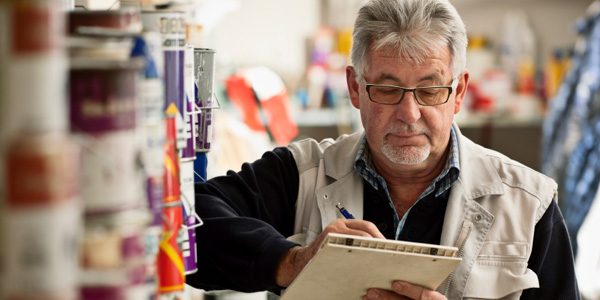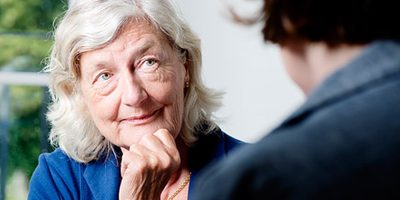
Psychosocial Outcomes In Stroke (POISE)
The unrecognised burden of stroke in younger adults: each year, approximately 12,000 Australians of working age survive a stroke. As a group, younger stroke survivors (<65 years) have less physical impairment and much lower mortality after stroke compared with older survivors, however, the psychosocial disability and economic hardship they experience is substantial.
Most of these younger stroke survivors are responsible for generating an income or providing family care and their primary objective is to return to work. However, effective vocational rehabilitation strategies to increase the proportion of younger stroke survivors able to return to work, and information on the key target areas for those strategies, are currently lacking.
Aims
The primary aim of this project is to determine if modifiable early (within 28 days of stroke) psychosocial factors are associated with return to work at one year in younger stroke survivors. The secondary aim is to determine the economic impact of not returning to work for younger stroke survivors and their families. In addition, we will use these data to inform intervention strategies to increase the proportion of stroke survivors able to return to work.
Methods
POISE is a prospective cohort study of younger (<65 years) stroke survivors to be conducted over five years (2008 - 2012) in New South Wales, Australia. Participants were recruited from the New South Wales Stroke Services (SSNSW) network - a cohesively operating and managed, network of acute stroke units.
Status
The study received funding from NHMRC Project Grant and recruitment was completed after 21 months. Participants were interviewed at one, six and 12 months after stroke. The last participant in POISE was interviewed in June 2011. The study was registered on the Australian New Zealand Clinical Trials Registry (ANZCTR): ACTRN12608000311358 in the observational study category.
Results
The average age of people who took part was 53 years, and 68% of people in the study were men. Most (83%) people had an ischaemic stroke (caused by a blockage), the rest had a haemorrhagic stroke (caused by a bleed). Most were not sick before stroke (78%), were born in Australia (73%) and in a married or defacto relationship (64%).
Just under half of the participants (271) were in paid work immediately before their stroke: 218 (49%) in full time paid work and 53 (12%) were in paid part time work. By the end of the first year after stroke 202 people (75%) had returned to paid work: 121 (45%) to full time paid work and 81 (30%) to part time paid work. Only nine people changed their place of employment. People were most likely to return to paid work if they didn’t need help from another person for their daily activities within a month of stroke. People were also likely to return if they were younger, male, didn’t have an illness that restricted activity before stroke and had private health insurance.
While we can’t change our age or sex, hopefully we can find ways to improve people’s physical recovery and independence after stroke. We are now looking at new strategies to reduce disability after stroke. We do not think having private health insurance was directly related to returning to paid work. We think it is most likely an indicator of something else – maybe the financial situation in the household.
When we looked at everyone who took part in the POISE study we found that 36% lived in a household where members already had difficulty with paying household bills and other living or medical expenses before their stroke. We called this ‘experiencing economic hardship’. Over the year after stroke the proportion of people experiencing economic hardship rose to 61%. We now wish to look at ways to improve healthcare and government policy to better assist younger stroke survivors in Australia with these economic changes.
We would like to thank all the participants and our recruiting site staff for your contribution to the POISE study.







